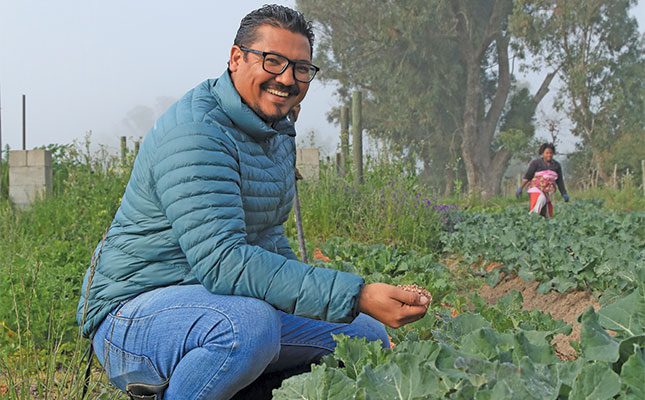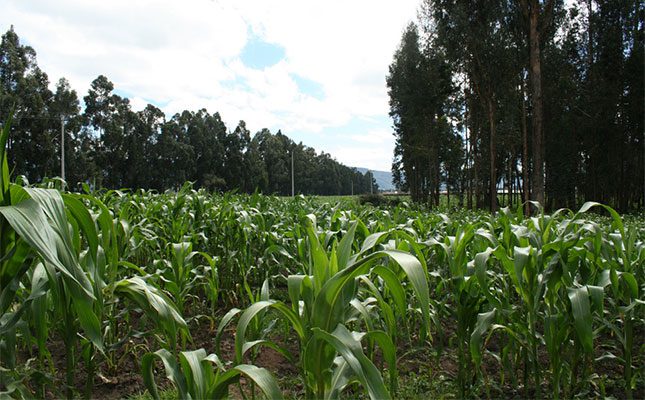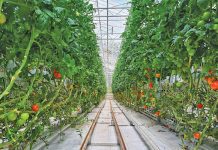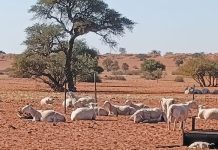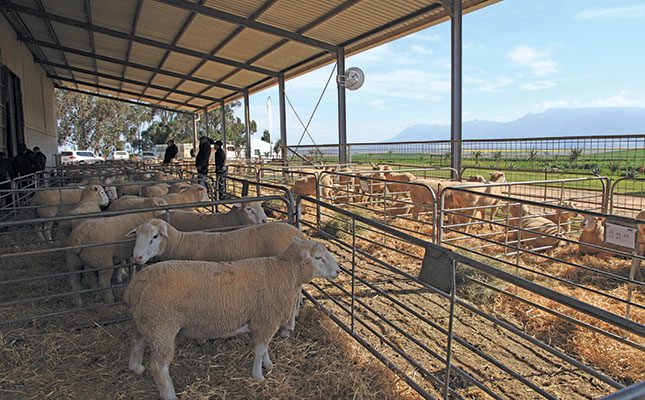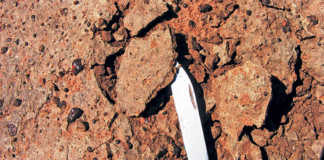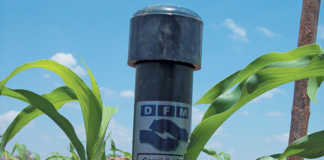In South Africa, about 42% of agricultural land has zinc deficiencies, hindering crop growth. In fact, up to 60% of the zinc requirement has to be added post-harvest through biofortification.Zinchem’s managing director André Immelman explains that the fertiliser industry and farmers are realising the importance of micronutrients for higher crop yields. “But despite making 0,5% zinc standard in nitrogen, phosphate and potassium (NPK) fertilisers, we still have an acute zinc shortage in our grain due to the insolubility of zinc sources used,” says André.
The right form of zincDuring the chemical manufacturing process, zinc oxide and zinc sulphate are converted to zinc phosphate, which is a less water-soluble form of zinc, explains André. Lower water solubility means lower uptake by plants.“The solution is to coat the NPK pellets with zinc sulphate after the chemical manufacturing process,” he explains. “This means production processes must be redesigned or re-engineered. It also requires capital investment in new technology and extended production runs. “Zinchem is currently working with various entities in the fertiliser industry to make this option a reality. Through zinc optimisation, food security can be achieved at a relatively low cost, with a significant return on investment for South Africa. “For example, 10 000t/year of zinc sulphate could supply 80% of crop-growing agricultural land with enough water-soluble zinc to ensure yield optimisation. The total input cost of this would be about R170 million per year.”
Getting the correct micronutrient balance in soil will improve yields, which would outweigh the cost of the zinc or micronutrient additions, he adds.
Contact Zinchem on 011 746 5000. |fw

